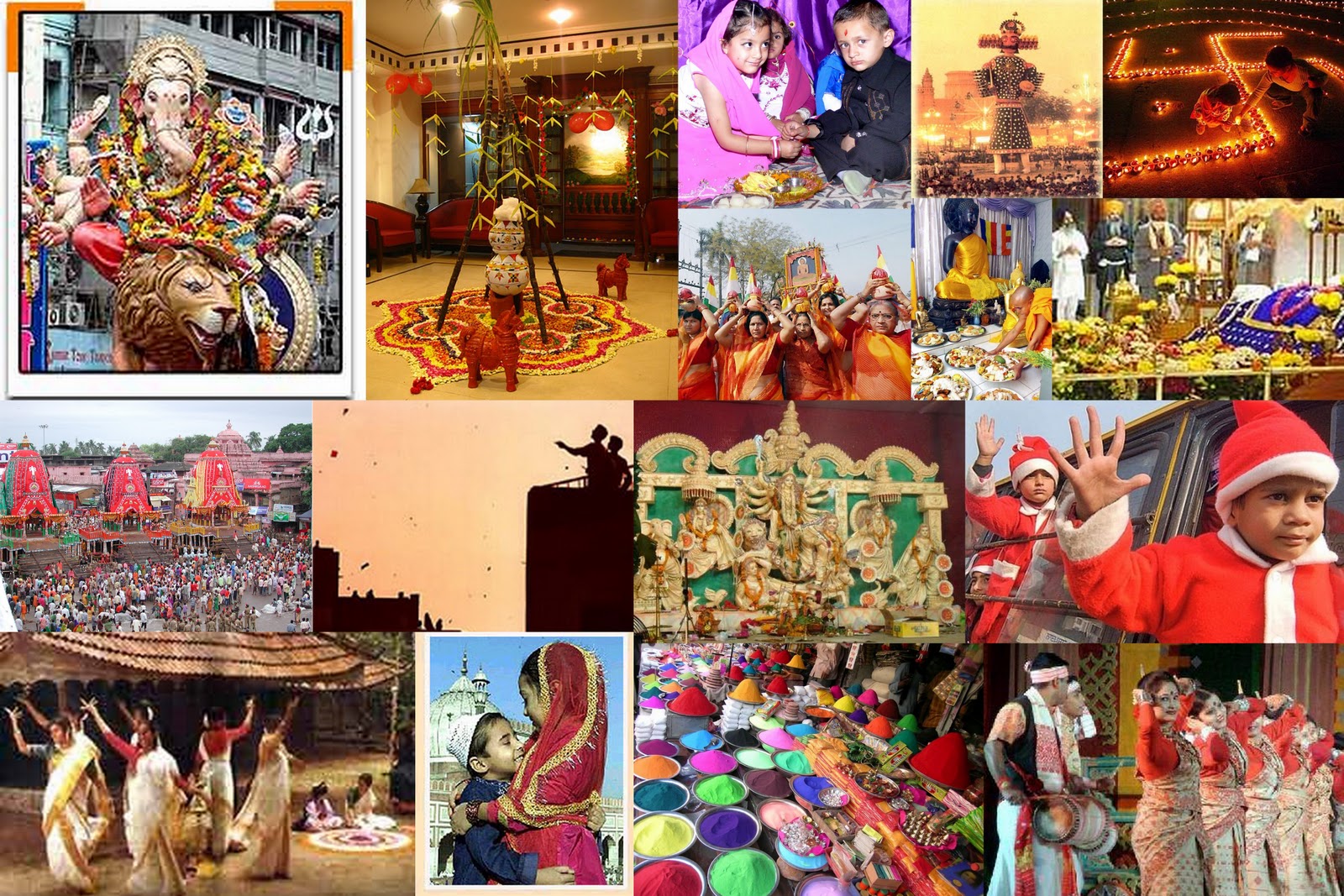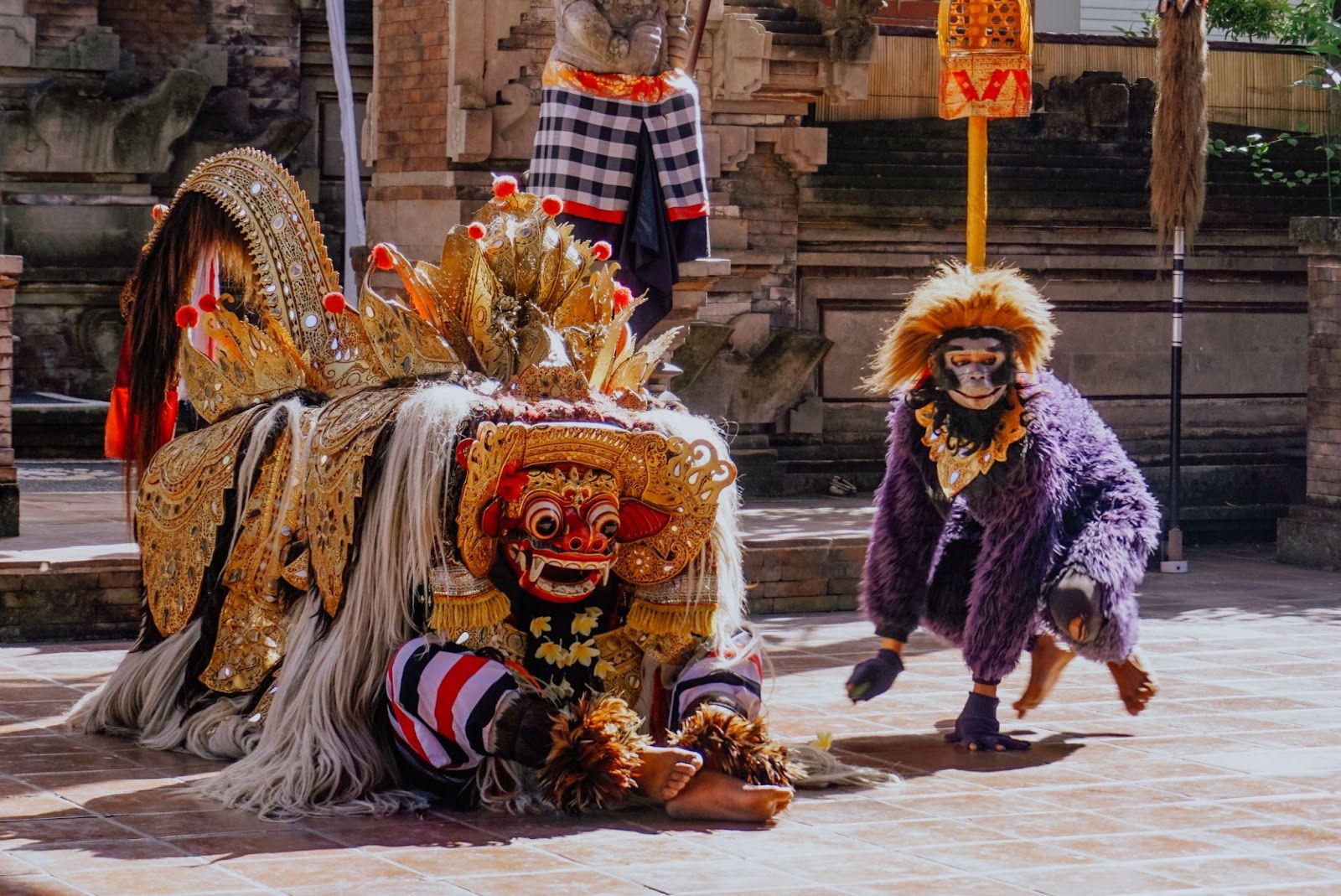[Culture & Lifestyle]

Executive Summary

This article explores the dynamic intersection of culture and lifestyle, examining how these forces shape our daily experiences and individual identities. We delve into key aspects of this relationship, exploring how culture influences our choices, values, and behaviors. From the impact of cultural norms on fashion and food to the role of social media in shaping lifestyle trends, this comprehensive analysis reveals the intricate interplay between these fundamental elements of human existence.

Introduction
Culture and lifestyle are intertwined threads that weave the fabric of our lives. Culture, the shared beliefs, customs, and practices of a society, provides the foundation upon which our lifestyles are built. Lifestyle, in turn, reflects our individual choices and preferences, shaping our daily routines, interests, and consumption habits. This dynamic interplay between culture and lifestyle shapes our identities, influences our decisions, and defines our experiences.
Frequently Asked Questions
1. How does culture influence lifestyle?
Culture shapes our values, beliefs, and expectations, which in turn influence our lifestyle choices. For example, a culture that emphasizes family and tradition might see a higher value placed on home-cooked meals and communal gatherings.
2. Can lifestyle change culture?
While culture provides the foundation for lifestyle, individual choices and actions can contribute to cultural shifts. For example, the growing popularity of veganism is challenging traditional dietary norms and influencing cultural attitudes towards animal welfare.
3. How does social media impact lifestyle?
Social media platforms provide a constant stream of lifestyle trends, influencing our fashion choices, travel destinations, and even our food preferences. This constant exposure to idealized lifestyles can create pressure to conform and lead to a sense of dissatisfaction with our own lives.
Cultural Influences on Fashion
Fashion is a powerful reflection of cultural values and trends. Clothing, accessories, and hairstyles communicate social status, personal identity, and cultural affiliation.
- Historical Context: Fashion reflects the historical and social context in which it is created. For example, the 1920s flapper dresses symbolized women’s newfound freedom and liberation, while the Victorian era saw elaborate and restrictive clothing that reflected societal values of modesty and decorum.
- Social Norms: Cultural norms dictate what is considered acceptable and fashionable attire. For example, wearing a burqa in some cultures is a sign of religious observance and modesty, while in others it may be considered restrictive or out of place.
- Subcultures: Subcultures often develop unique fashion styles that serve as a form of identity expression and group affiliation. For example, punk rock music emerged with its own distinctive clothing style that challenged societal norms and embraced rebellion.
- Globalization: Globalization has led to the fusion of fashion trends across cultures, creating a globalized fashion landscape where influences from diverse cultures are blended and reinterpreted.
Lifestyle and Food Culture
Food is a fundamental element of culture and lifestyle, providing sustenance, nourishment, and social connection. Culinary traditions are deeply rooted in cultural heritage and reflect the historical, geographical, and agricultural influences of a region.
- Dietary Habits: Cultural norms shape our dietary habits, dictating what foods we eat, how we prepare them, and when we consume them. For example, the Mediterranean diet emphasizes fresh produce, olive oil, and seafood, while the Asian diet often includes rice, noodles, and soy products.
- Social Dining: Food plays a significant role in social gatherings, rituals, and celebrations. For example, Thanksgiving dinner in the United States is a traditional family gathering where food symbolizes gratitude and togetherness.
- Food Trends: Food trends are influenced by factors such as media exposure, cultural influences, and health concerns. For example, the popularity of organic foods and plant-based diets reflects growing awareness of health and environmental concerns.
- Food as Identity: Food is often a symbol of cultural identity and heritage. For example, Italian cuisine is recognized globally as a unique culinary tradition that reflects Italian culture and history.
The Role of Social Media in Lifestyle
Social media platforms have become a powerful force in shaping contemporary lifestyles, influencing our choices, aspirations, and perceptions of ourselves and the world around us.
- Lifestyle Inspiration: Social media is flooded with images and videos showcasing idealized lifestyles, from travel destinations to fashion trends and fitness routines. This constant exposure to curated content can create a sense of pressure to conform and achieve a certain lifestyle.
- Community Building: Social media facilitates the formation of communities around shared interests and lifestyle choices, creating a sense of belonging and connection among individuals with similar values and aspirations.
- Influencer Culture: Social media has spawned a new class of influencers who leverage their online presence to promote products, brands, and lifestyles, influencing the purchasing decisions and aspirations of their followers.
- Digital Consumption: Social media has shifted our consumption habits towards digital experiences and online services, influencing how we shop, travel, and socialize.
The Impact of Technology on Lifestyle
Technological advancements have revolutionized our lifestyles, transforming the way we work, communicate, and interact with the world.
- Remote Work: The rise of remote work has allowed individuals to work from anywhere with an internet connection, leading to more flexible work schedules and the blurring of boundaries between work and personal life.
- Digital Communication: Instant messaging, video calls, and social media platforms have transformed communication, allowing us to connect with people across geographical boundaries in real-time.
- E-commerce: Online shopping platforms have made it easier than ever to access goods and services from around the world, changing consumer habits and creating new opportunities for businesses.
- Digital Entertainment: Streaming services, online gaming, and social media have reshaped our entertainment habits, providing access to a vast array of content on demand.
Conclusion
Culture and lifestyle are intertwined forces that shape our lives and identities. Culture provides the foundation for our values, beliefs, and expectations, while lifestyle reflects our individual choices and preferences. The relationship between these two forces is dynamic and evolving, influenced by factors such as historical context, social norms, globalization, technology, and the power of social media. Understanding this interplay is crucial for navigating our modern world and making informed decisions about our lives.
Keywords
- Culture & Lifestyle
- Fashion Trends
- Food Culture
- Social Media Impact
- Technological Advancements
